Increased Regulatory Standards
The Walk-In Cooler and Freezer Market is significantly influenced by the tightening of regulatory standards concerning food safety and energy efficiency. Governments and regulatory bodies are implementing stringent guidelines to ensure that food storage facilities maintain optimal conditions to prevent spoilage and contamination. For instance, regulations may mandate specific temperature ranges for food storage, which necessitates the use of advanced refrigeration systems. This trend is likely to drive the demand for walk-in coolers and freezers that comply with these standards. Additionally, manufacturers are compelled to innovate and enhance their product offerings to meet these regulatory requirements, thereby fostering growth within the market.
Growth in Retail and Grocery Sectors
The retail and grocery sectors are experiencing substantial growth, which is likely to have a positive impact on the Walk-In Cooler and Freezer Market. As consumer preferences shift towards fresh and frozen food products, retailers are increasingly investing in walk-in refrigeration solutions to meet this demand. The rise of convenience stores and specialty grocery outlets further amplifies this trend, as these establishments require efficient storage solutions to maintain product quality. Market data indicates that the grocery sector is expected to grow at a rate of around 3.8% annually, driving the need for reliable walk-in coolers and freezers that can accommodate a diverse range of products.
Rising Demand in Food Service Sector
The food service sector is experiencing a notable surge in demand for efficient refrigeration solutions, which is likely to bolster the Walk-In Cooler and Freezer Market. As restaurants, catering services, and food delivery businesses expand, the need for reliable and spacious refrigeration units becomes paramount. According to industry reports, the food service sector is projected to grow at a compound annual growth rate of approximately 4.5% over the next few years. This growth is expected to drive the adoption of walk-in coolers and freezers, as they provide the necessary storage capacity and temperature control for perishable goods. Consequently, manufacturers are focusing on developing energy-efficient models that cater to the specific needs of this sector, thereby enhancing their market presence.
Technological Advancements in Refrigeration
Technological advancements are playing a crucial role in shaping the Walk-In Cooler and Freezer Market. Innovations such as smart temperature monitoring systems, energy-efficient compressors, and eco-friendly refrigerants are becoming increasingly prevalent. These advancements not only improve the operational efficiency of walk-in coolers and freezers but also align with the growing emphasis on sustainability. The integration of IoT technology allows for real-time monitoring and management of refrigeration units, which can lead to significant cost savings for businesses. As a result, the market is witnessing a shift towards more sophisticated refrigeration solutions that cater to the evolving needs of various industries, including food service and retail.
Focus on Energy Efficiency and Sustainability
The emphasis on energy efficiency and sustainability is becoming a pivotal driver for the Walk-In Cooler and Freezer Market. As businesses seek to reduce their carbon footprint and operational costs, energy-efficient refrigeration solutions are gaining traction. Manufacturers are increasingly developing products that utilize advanced insulation materials and energy-saving technologies, which not only comply with environmental regulations but also appeal to eco-conscious consumers. This trend is likely to enhance the market's growth, as businesses recognize the long-term benefits of investing in sustainable refrigeration systems. Furthermore, the potential for government incentives for energy-efficient upgrades may further stimulate demand within the market.


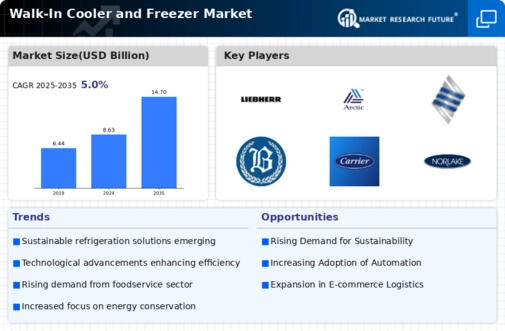
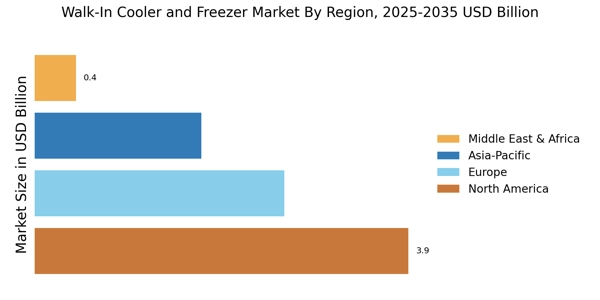

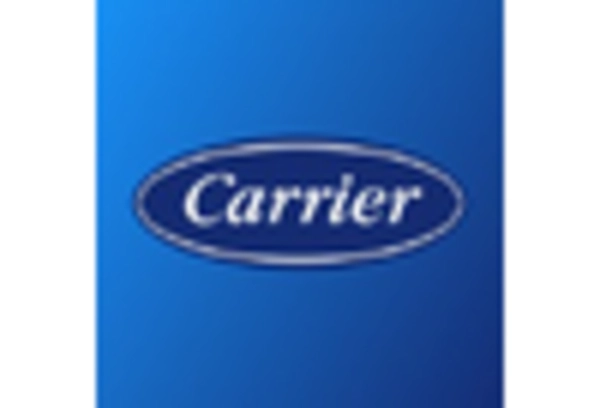
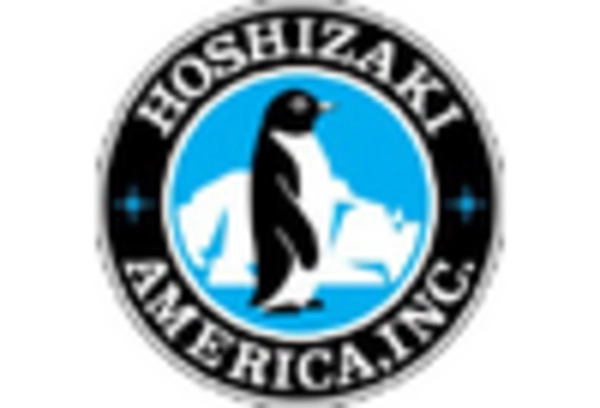
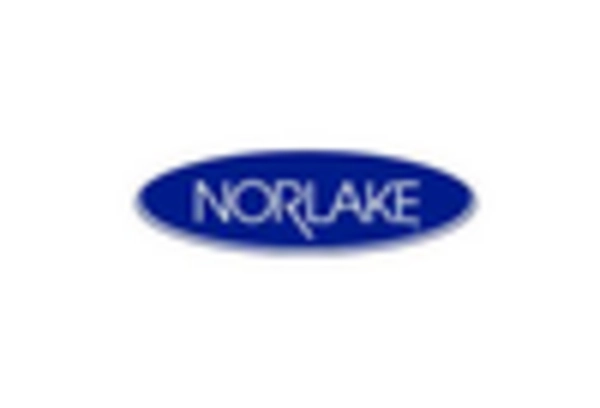
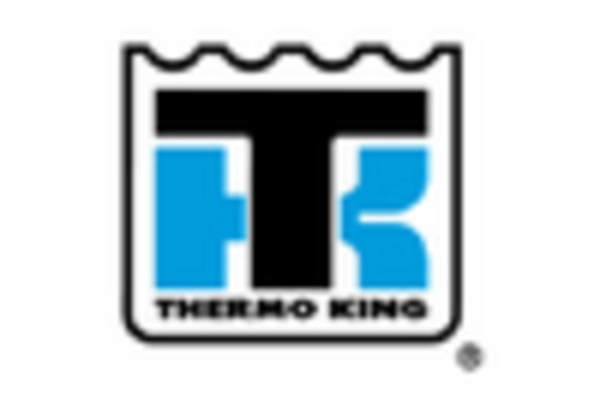
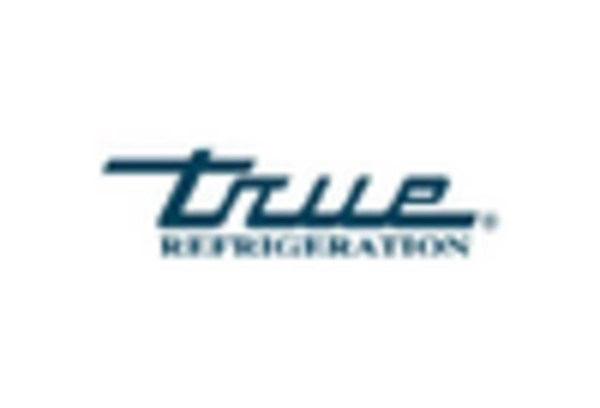








Leave a Comment